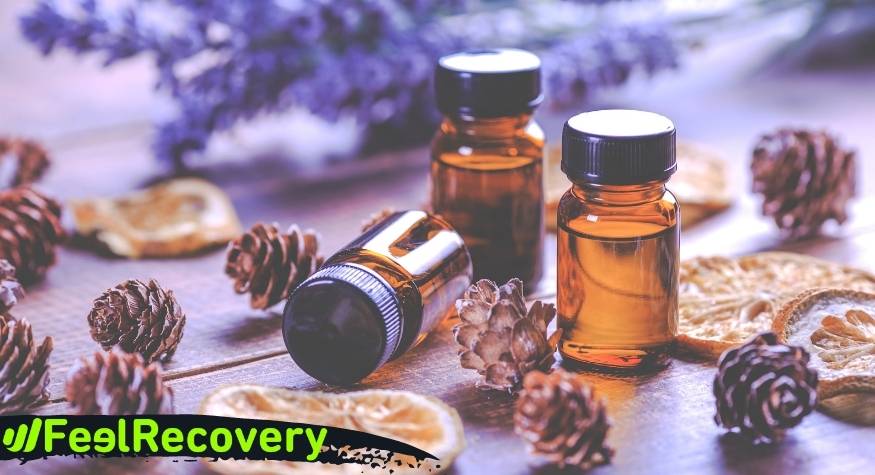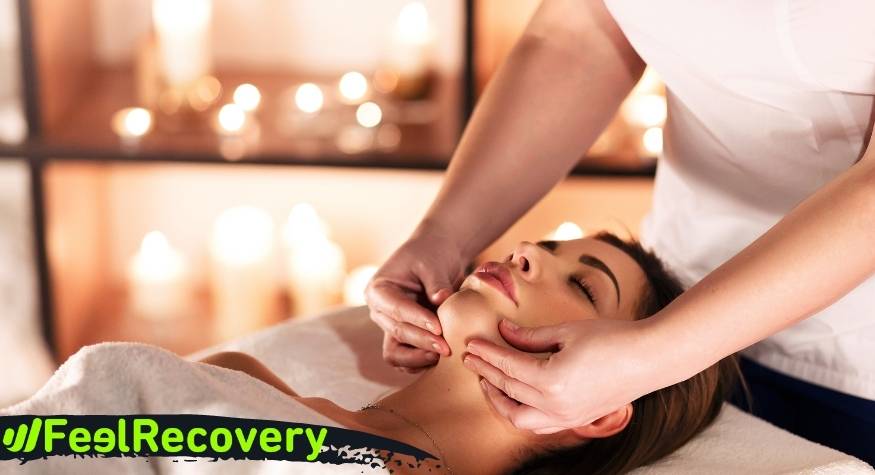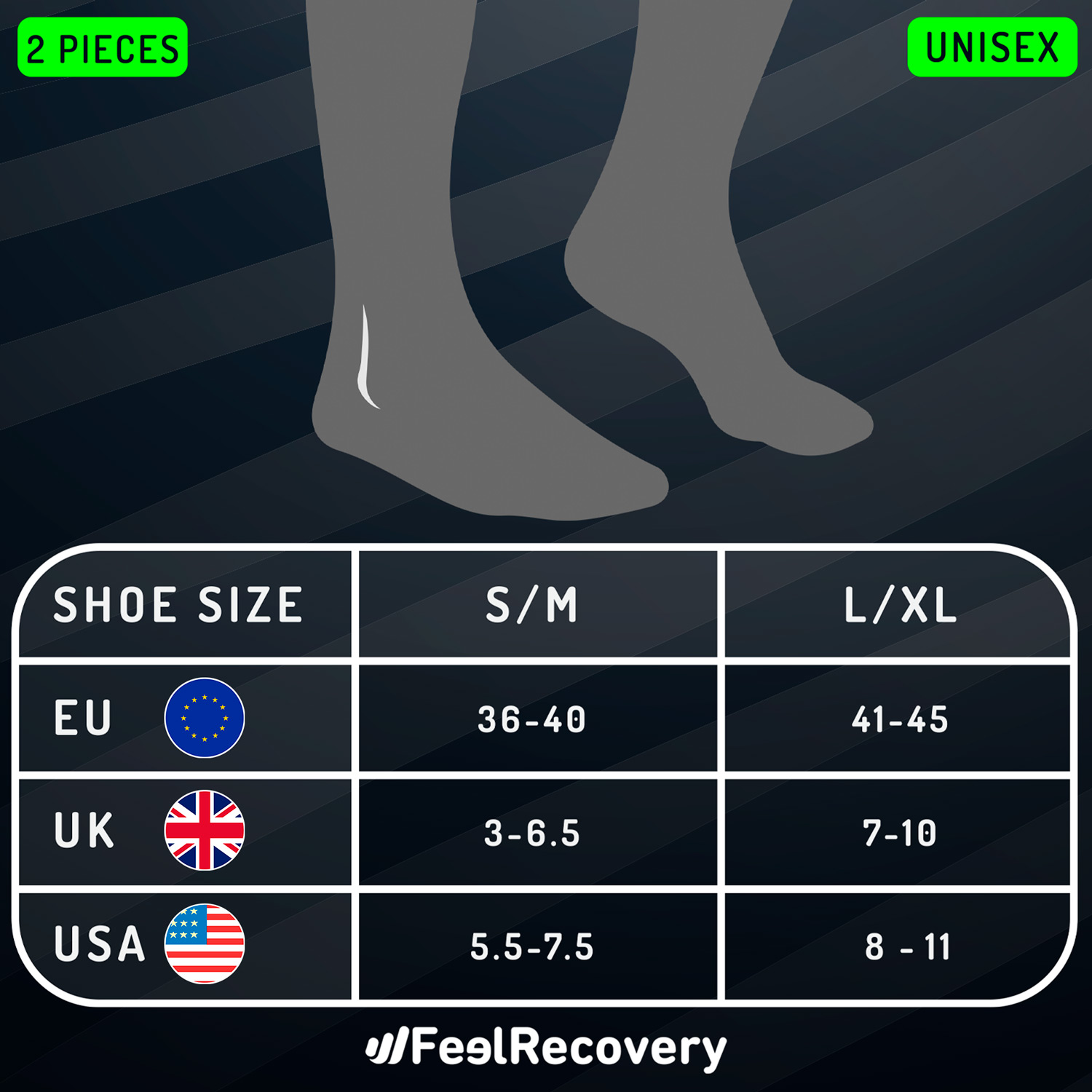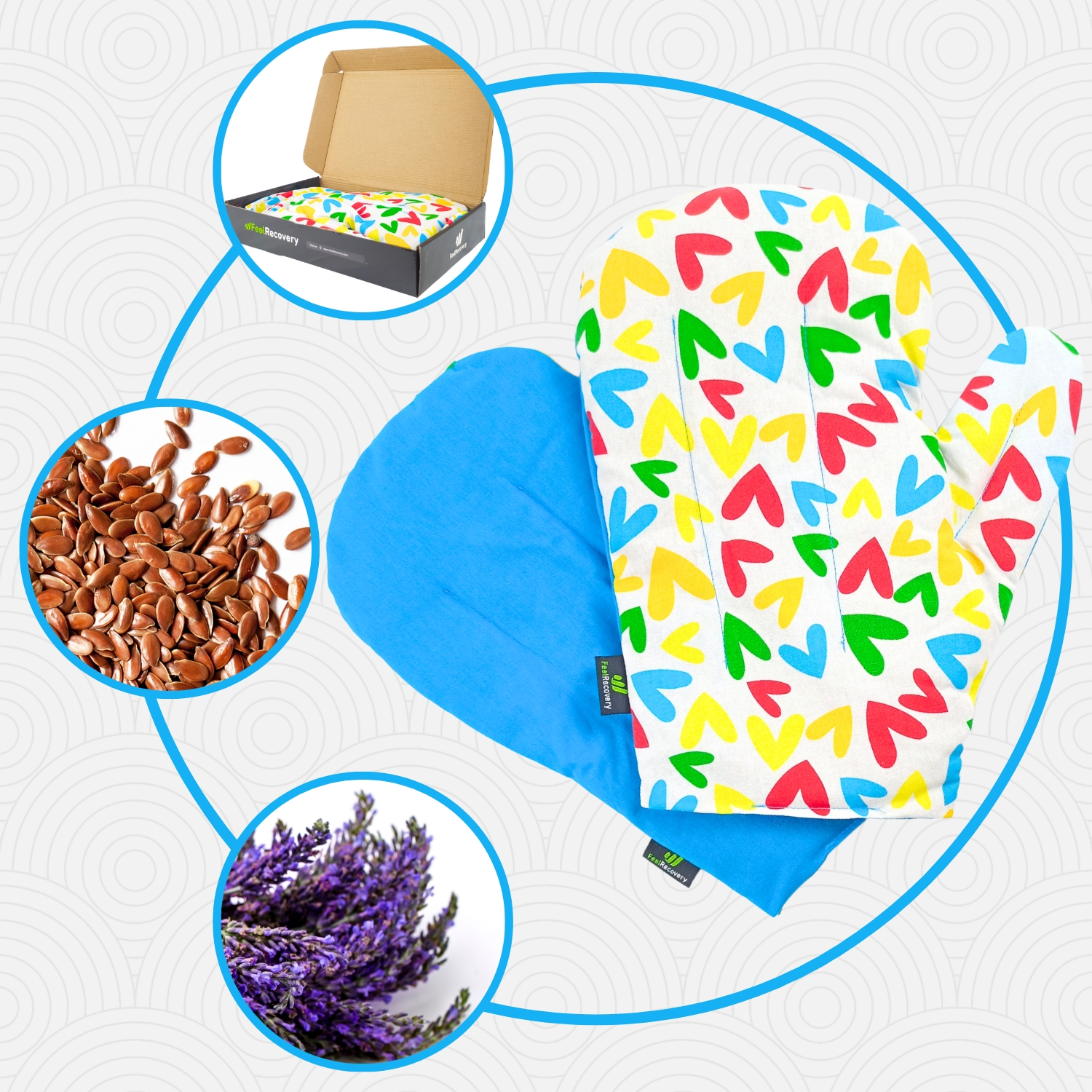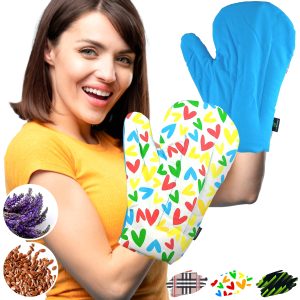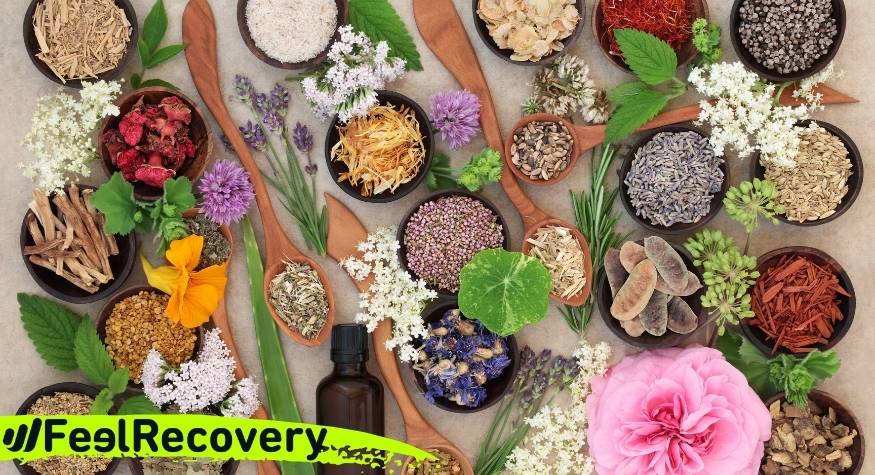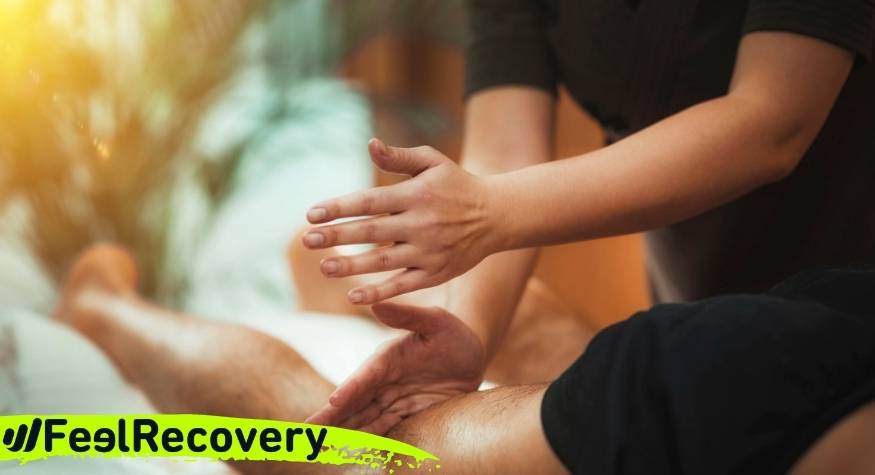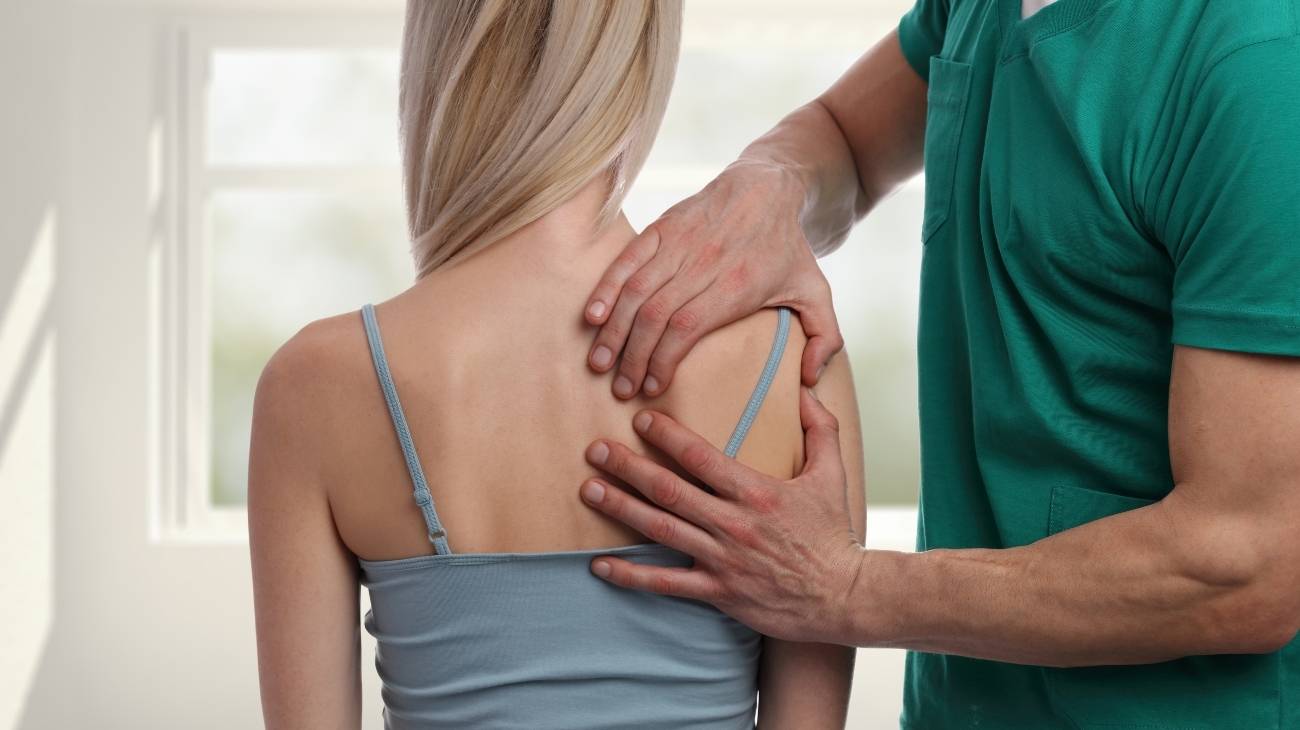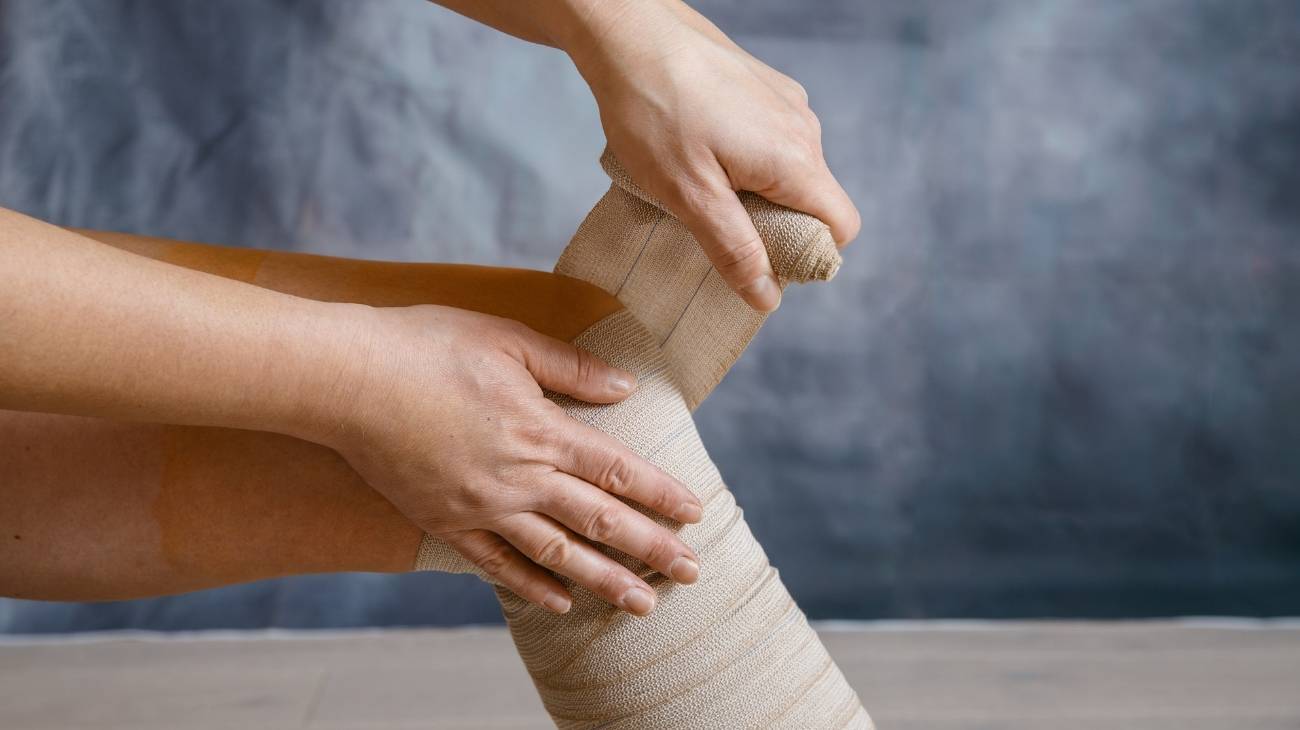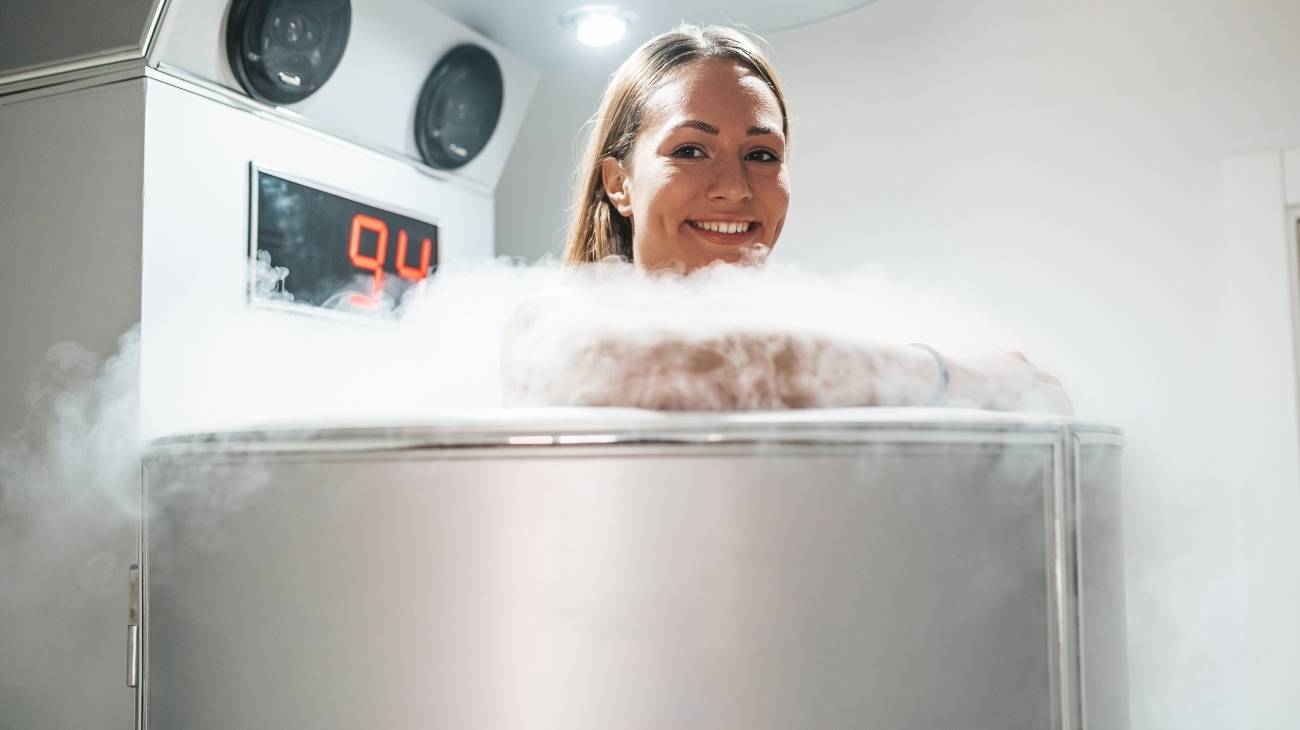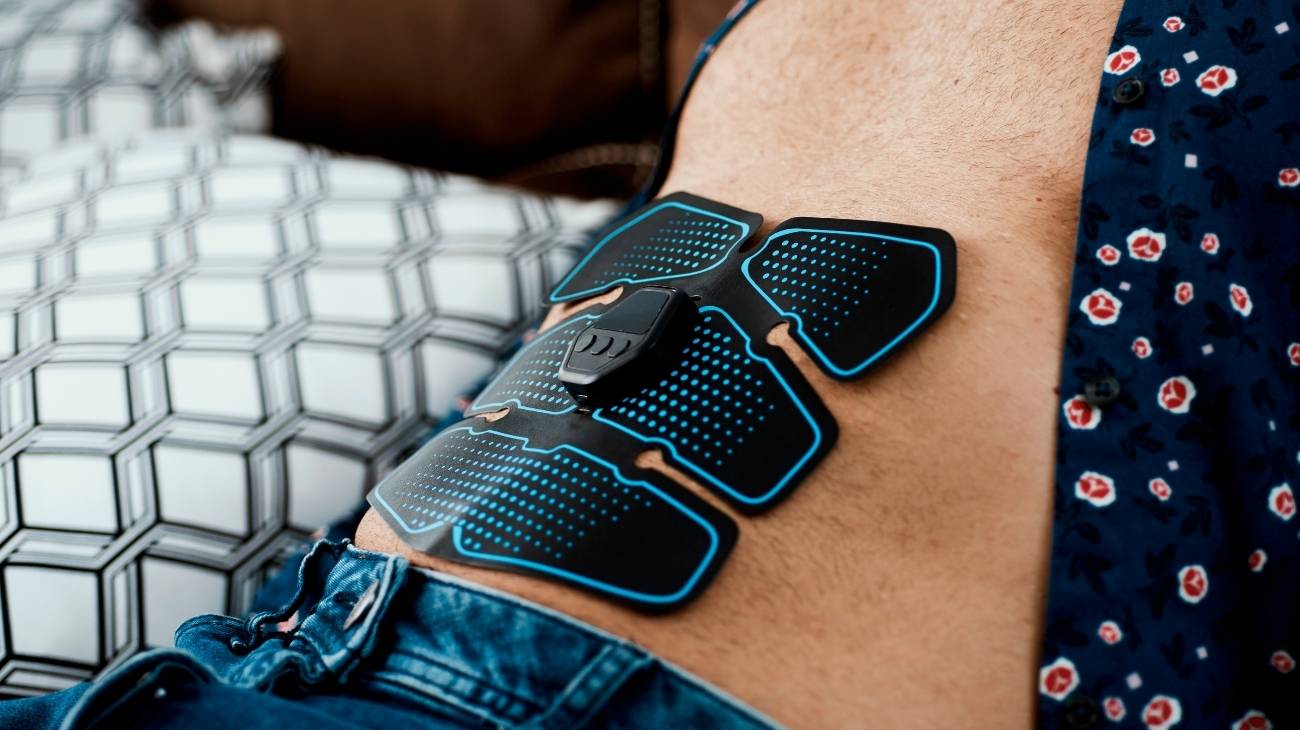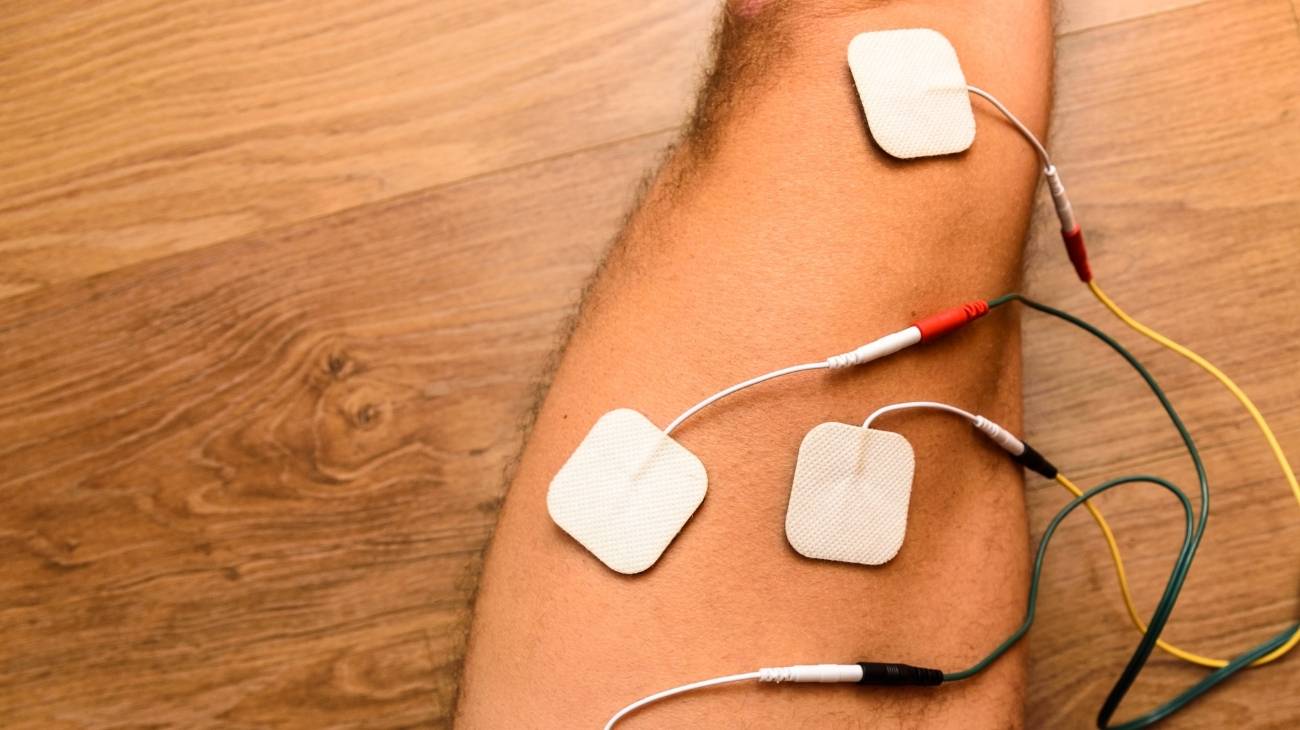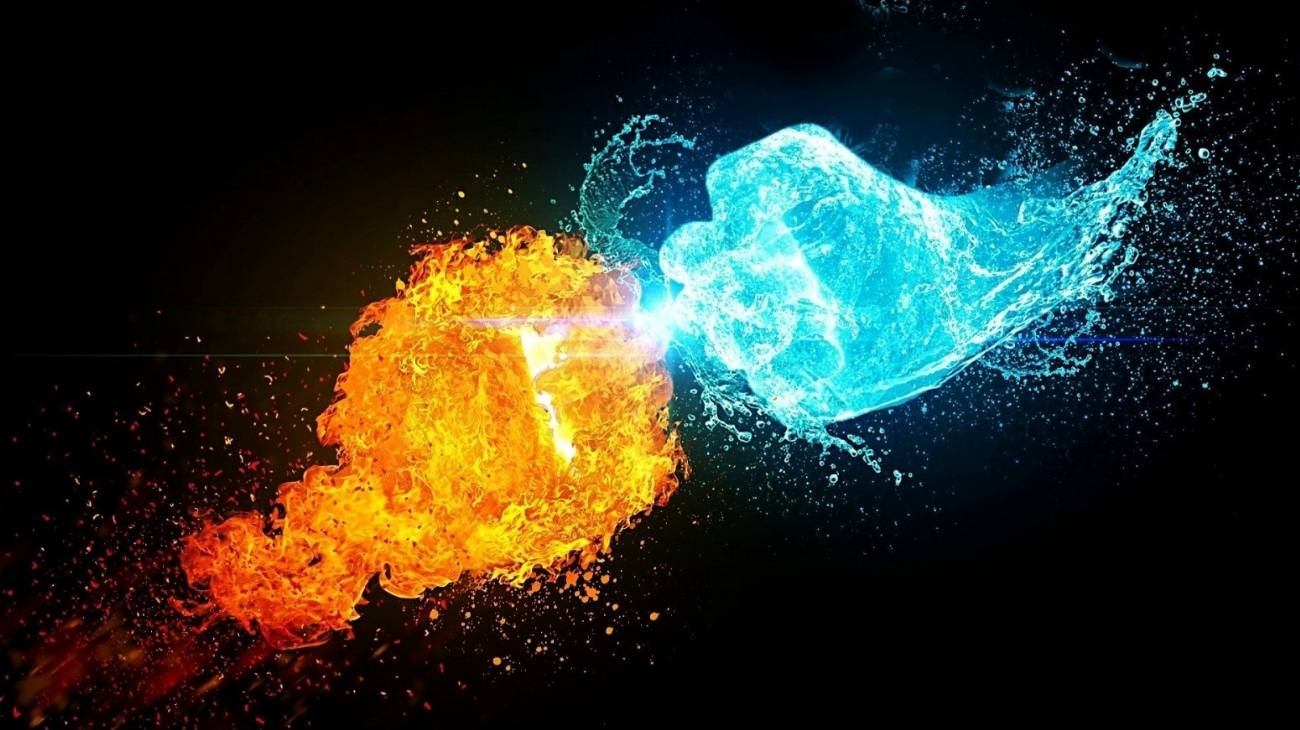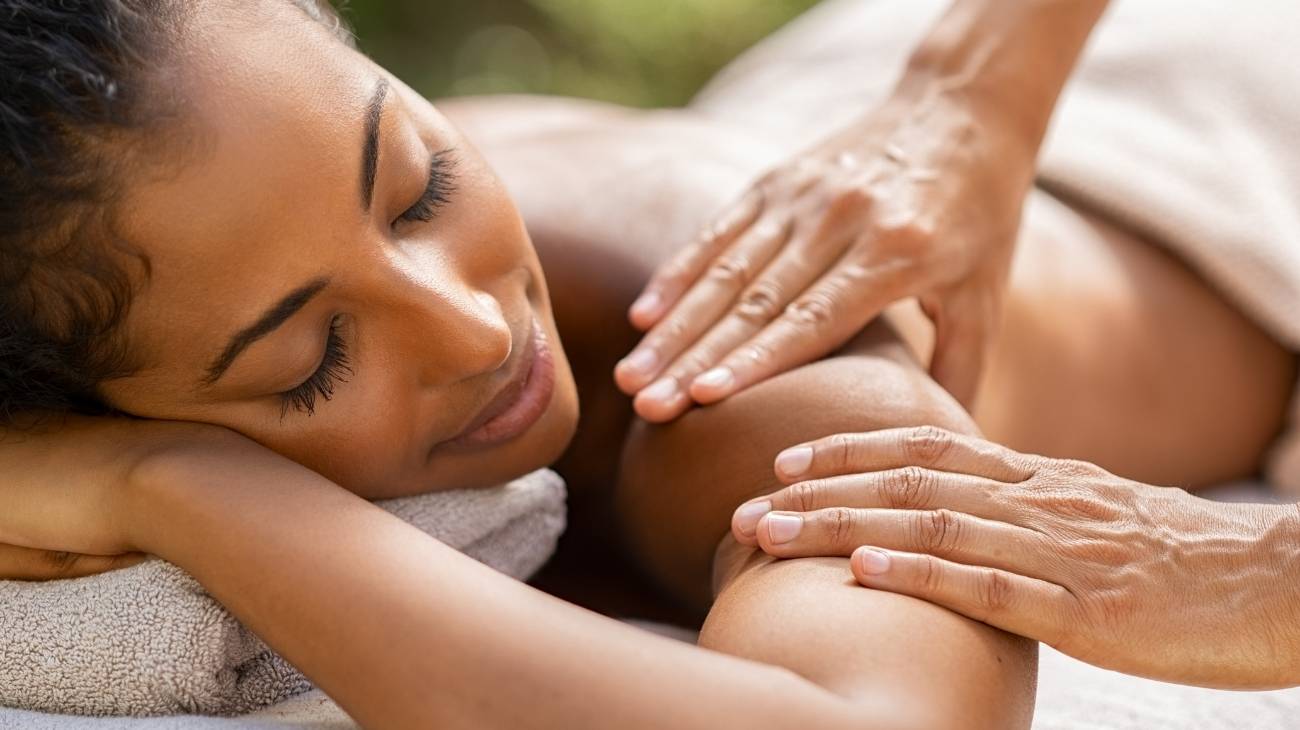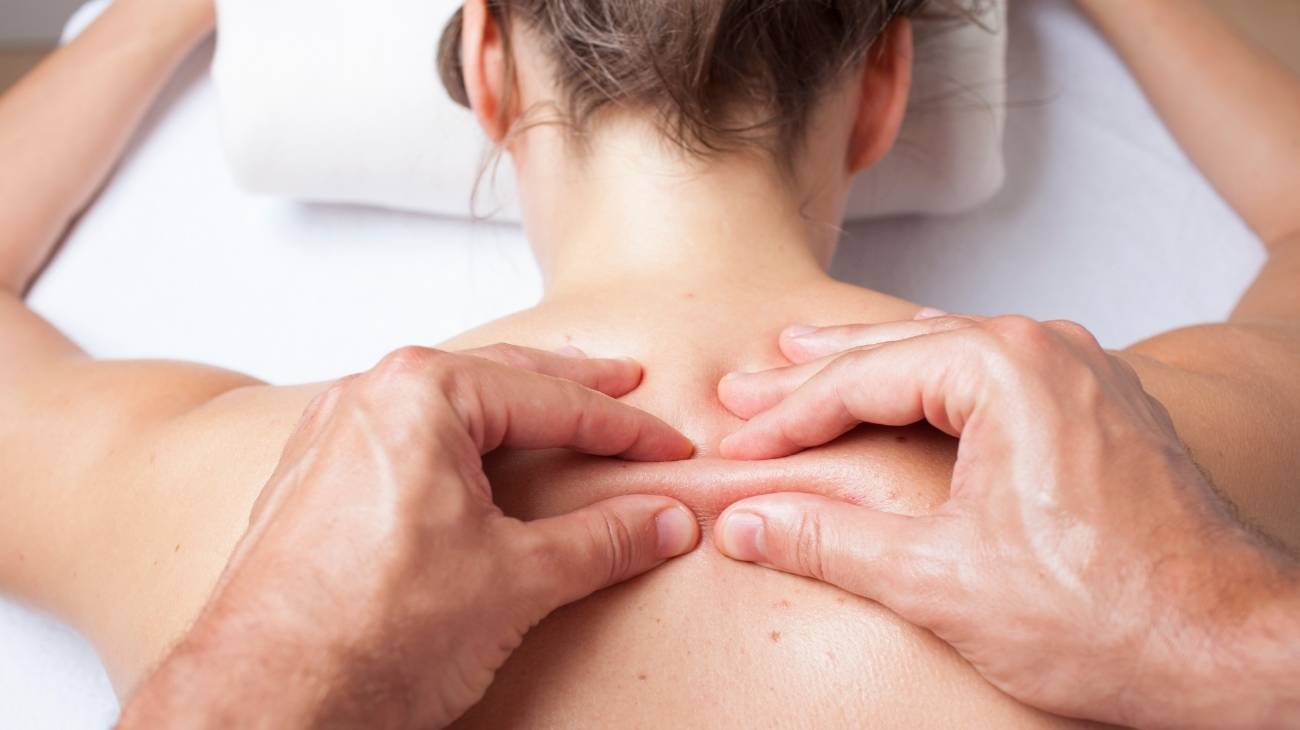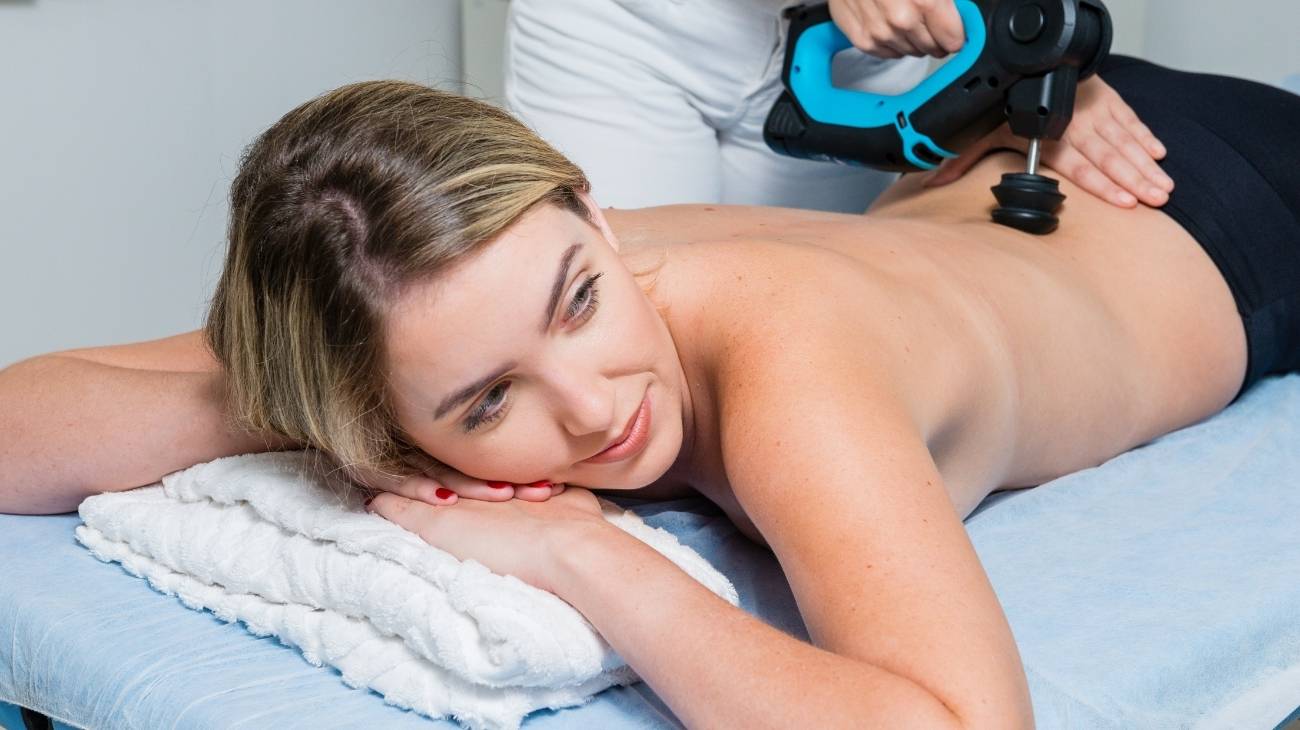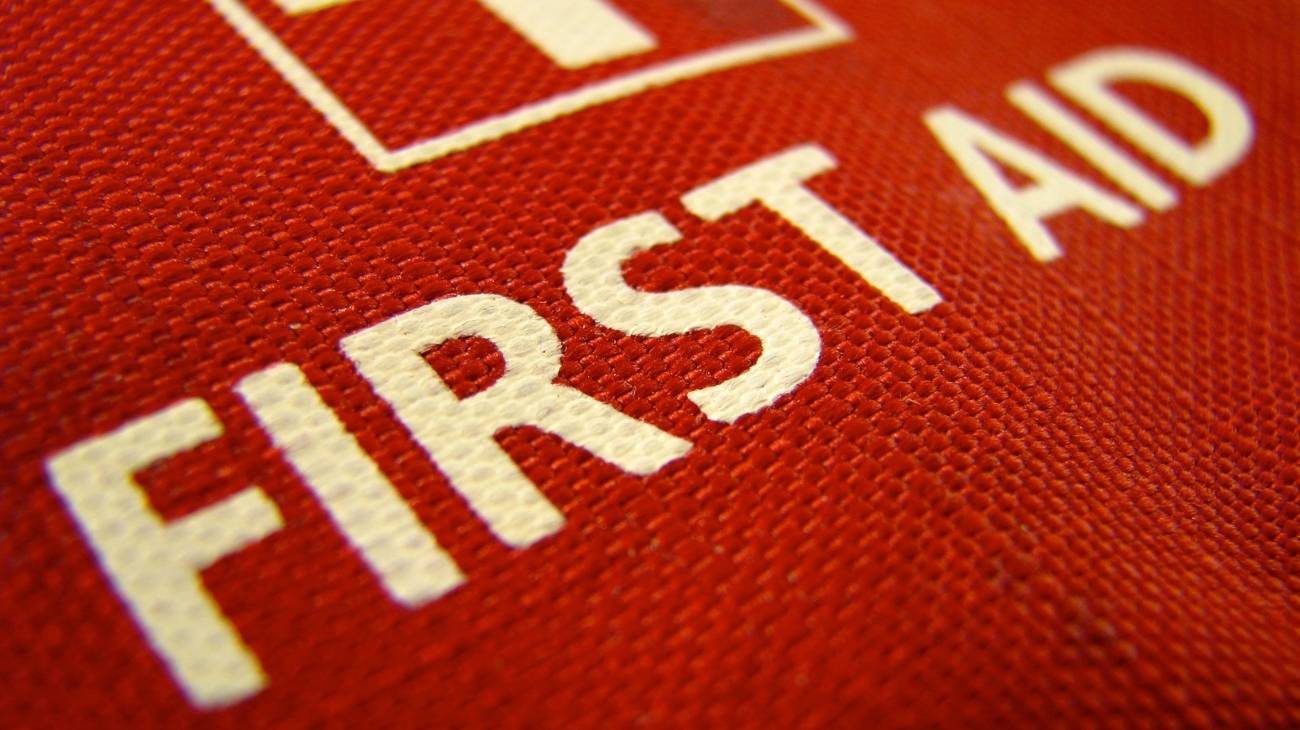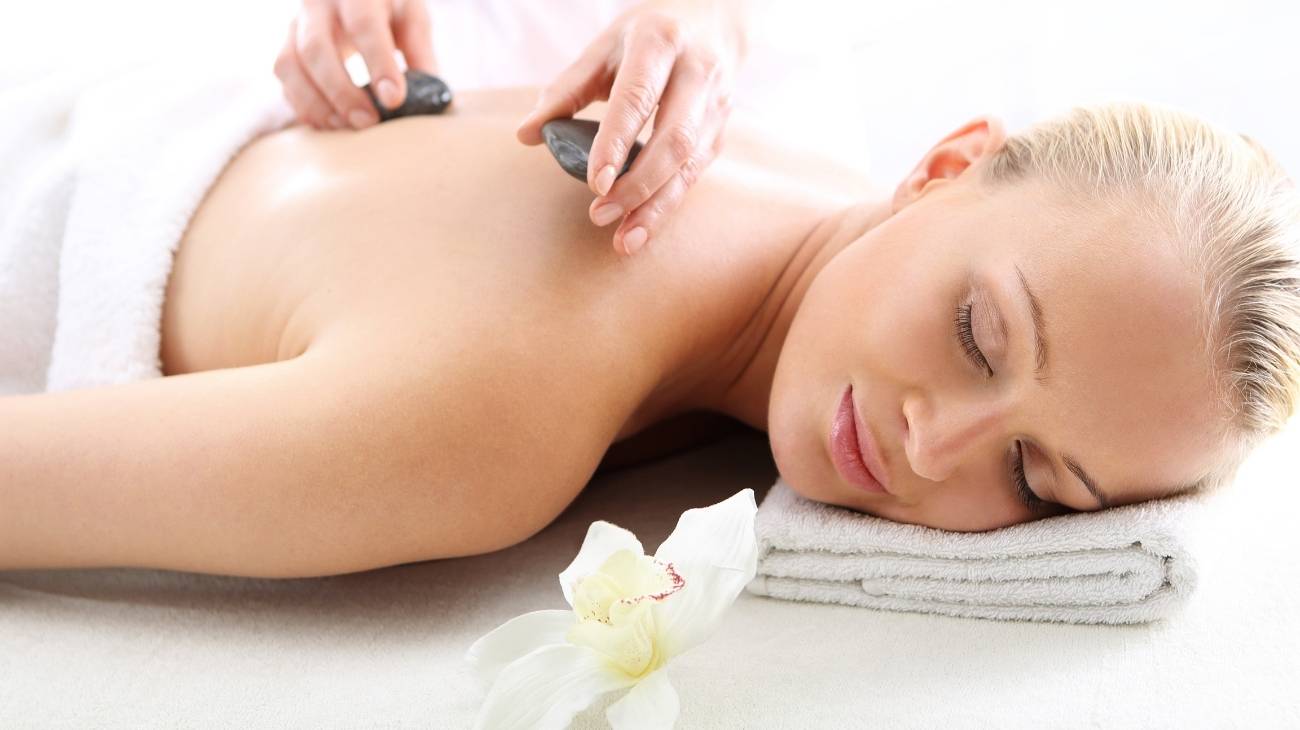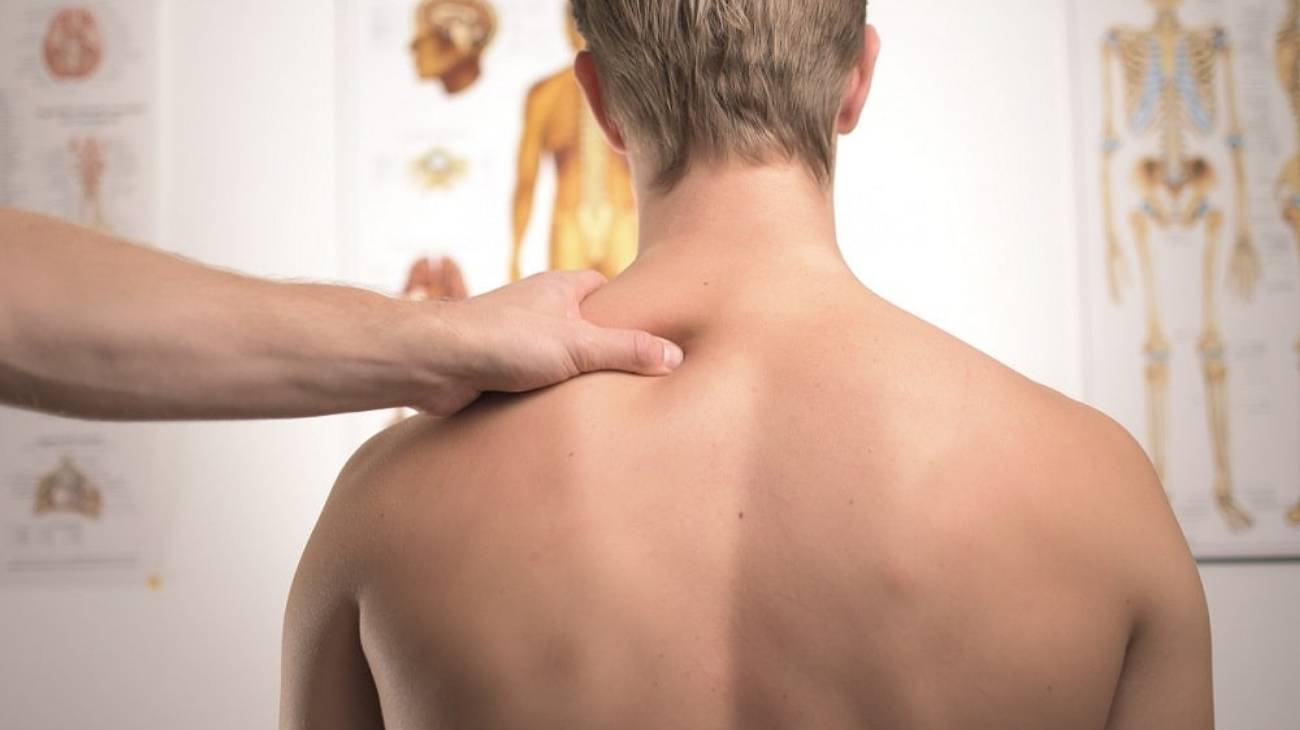- What are complementary and alternative therapies?
- What are complementary therapies for and what effects do they have on our health?
- Classification and types of alternative or complementary therapies
- Are there any contraindications to the use of complementary health therapies?
- In which fields of health are alternative therapies mainly used?
There is often talk of complementary therapies but it is still not entirely clear what they are or how and how much they can help us. As their name suggests, they are functional as a reinforcement or complement to other treatments that may be indicated, which can be of various kinds. In any case, they will improve your quality of life.
Have you been recommended any? Do you have a disease and do not know how to act? Continue reading our post and we will tell you exactly what a complementary and alternative therapy is, what real usefulness they have in different fields and, of course, which are the most used, knowing the different types, their contraindications, etc.
What are complementary and alternative therapies?
A therapy is a set of actions aimed at diagnosing an illness, treating or preventing it as well as maintaining the well-being of our body.
The adjective "complementary" will indicate that the treatments we are going to see today, the complementary therapy, are considered to be those actions that are applied as reinforcement or directly as a complement to others, which would be the main ones.
In general, complementary therapies are those that do not have scientific rigour or whose effectiveness has not yet been scientifically proven. These accompany the procedures of the traditional health system of the place, which, as you well know, differs according to the country we are talking about; not all are governed by the same current.
On the other hand, we could mention alternative therapies, which are not the same as complementary therapies. An alternative treatment is one that is used instead of the conventional medical procedures of the place, not in parallel or as an enhancer.
Characteristics:
Having differentiated these concepts, we can now talk about the characteristics of complementary therapies (which, in some cases, can also be alternative).
- For example, it is common to dismiss the idea of the use of drugs and medical equipment.
- More basic elements are used and, above all, manual techniques.
- Much use is made of plants, both their intake and aroma, as well as minerals.
- Many are governed by spiritual beliefs, such as chakra alignment or the flow of inner energy.
- Others go hand in hand with other actions, such as meditation or a specific diet.
- They should never be used as a main healing method, but as a support to another one that will be the main protagonist and benefactor for our organism.
- Even though it is an adjuvant, it mitigates the effects and symptoms that pathologies, actions, illnesses and injuries cause in our organism.
- They are recommended by medical experts.
What are complementary therapies for and what effects do they have on our health?
An alternative therapy serves to enhance a treatment based on conventional medicine. It can also provide some extra benefits not found in our basic medical treatment. In any case, it always improves the quality of life and provides extra comfort.
In theory, it is not recommended as the main treatment, although it is true that, in certain circumstances, we do use them because we consider them not to be serious. For example, when we are moving house and we get a pull on our shoulder we usually go to a masseur without going through our GP.
Is this correct? It depends on the problem we have and the therapy we resort to, of course.
For this reason, it is always better to go to a doctor's surgery, so that a qualified professional can tell us if the complementary treatments will have a positive or sufficient effect or if, on the contrary, conventional medicine is required to treat the condition we have.
As for the benefits, on a particular level, they are many and are determined by the type of complementary therapy, as there are several and, although they have points in common, they are different, of course.
Some, both general and particular to each type of therapy, that we can indicate are:
- Relaxation.
- General wellbeing or a greater degree of comfort.
- Increased quality of life.
- Maintenance of the condition of muscles, ligaments, blood vessels...
- Strengthening of the tissues.
- Reduction or elimination of muscle, joint or ligament pain.
- Mitigation of various symptoms such as swelling, lack of blood supply, high blood pressure.
- Recovery of mobility and motility.
- Regeneration of liquids.
- Elimination of liquid waste.
- Recovery and normalisation after surgery, after injuries or accidents, etc. of tissues and systems.
Classification and types of alternative or complementary therapies
Due to their application in our country, their benefits and their popularity in general, the types of complementary and/or alternative therapies that we most recommend and that can form a classification of these are compression, massage, acupressure and temperature therapies. Secondarily, of course, there are many others.
Acupressure therapy
This consists of stimulating the body's pressure and tension points using the fingertips, palms of the hands and even the elbows. Acupressure releases tension in various areas of the body, which not only minimises stress as much as possible, but also stimulates the regeneration of soft tissues thanks to the enormous amount of endorphins released by the body in a single session. New products have been designed for acupressure therapy that help to press on trigger points in the body.
bestseller
Compression therapy
Compression therapy involves applying pressure using bandages or compression garments to the area of the body where an ailment is present, as this helps to prevent inflammation without having to resort to any drugs, making the recovery process much more natural. It is also a great way to prevent injury, especially if you are involved in a sporting discipline as it reduces shock and vibration to the muscles, improves blood flow and can increase athletic performance.
bestseller
Cryotherapy
This is essentially the application of cold to soft tissues and joints to achieve goals ranging from reducing inflammation to relieving pain and oxygenating cells to improve their recovery from injury. However, it uses extreme temperatures that are several degrees below zero, so it must always be applied by a professional.
bestseller
Electrical muscle stimulation (EMS)
Electrical Muscle Stimulation is the response to muscle contraction using low and medium frequency electrical impulses. These impulses are generated by an electrostimulator and transmitted to the muscles by strategically placed electrodes to generate a natural muscle contraction. Thanks to the latest advances in the fields of electrostimulation and neuroscience, a revolutionary new concept has been developed: Integral active electrostimulation.
Electrotherapy
This is a technique that seeks relief from pain and some physical ailments through the application of electrical and electromagnetic energy, among other variants, through the skin with the use of conductive pads called electrodes. It is a safe type of therapy and must be applied by a physical therapist specialized in the manipulation of electricity to address some kinds of ailments.
Heat and cold therapy
The use of alternating cold and heat (contrast therapy) is one of the most widely used therapies worldwide. Bringing the body to a certain temperature has been proven to have specific effects that can benefit the treatment of ailments. Cold favours blood vasoconstriction, which makes it an ideal ally for reducing inflammatory processes and relieving pain, while heat is the opposite. Heat promotes vasodilation, which has a relaxing effect on the tissues and improves the absorption of nutrients.
bestseller
Massage therapy
Massage is the best way to deal with any injury or ailment, especially if it is in the muscles or joints. This therapy involves stimulating the soft tissues of the body to release tension in them and encourage the body to produce more endorphins, which greatly reduces all types of pain and improves cell regeneration so that recovery is not only quicker, but also much more pleasant.
bestseller
Myofascial release therapy
The therapy works by releasing all the tension accumulated in an area of myofascial tissue, which is one of the main causes of pain, as well as stretching the tissues so that they relax and the ailment is diluted, generating relief. However, this may not be a total cure for the injury, as at this point the problem may have become chronic.
bestseller
Percussion massage therapy
Percussion therapy is the treatment of deep muscle and fascia tissue, using rapid, vertical movements within the muscle adhesions, thus quasi-causing a neuromuscular response. Professional use of this therapy combines the science of our amplitude, frequency and torque.
bestseller
R.I.C.E therapy
The R.I.C.E therapy may, by these acronyms, still unknown to you, is a medical protocol that helps us, with simple steps, to recover after an injury. In this text we explain in depth what it consists of, point by point, and its advantages. You will also learn what kind of injuries we can use the RICE method and, of course, we will talk about other similar protocols, because it is possible that in your case you need to benefit from another one such as PRICE, POLICE, RICER, or MEAT.
bestseller
Thermotherapy
This achieves another series of benefits but all with the same objective, that of aiding recovery from an injury . In this case, blood circulation is improved thanks to vasodilation, as well as a sedative and relaxing effect that will make any injury rehabilitation process more pleasant for the patient.
bestseller
Trigger points therapy
Myofascial pain points or trigger points are knots that are created in the deeper muscle tissues, causing intense pain. The pain does not always manifest itself in the area where the point develops, but is referred to nearby areas that seemingly do not appear to be related. In fact it is estimated that more than 80% of the pain manifests itself in other parts of the body.
bestseller
Other effective alternative therapies
Natural remedies with the use of plants: Plants can be very practical because they offer natural, non-invasive benefits and can be done in different ways. We can take infusions, make breaths, spread fillings. Of course, the variety of species that exists means that we have solutions for a large number of mild or mild-moderate problems of all kinds. Stomach pain, insomnia or poor quality of sleep, skin toning, colds, stress, badly scarred tissue, dandruff, inflammation, pain, dysthymia, liver or digestive system intoxication, poor circulation, weak immune system, bruises etc.
Acupuncture: It has the same basis as digitopressure, the stimulation of points with disorders as a result of acting on theoretically connected meridian points. The difference is that acupuncture does not use pressure with the fingers but the use of very light needles which are inserted a few millimetres into the skin.
The points and effects are the same as those of digital pressure therapy but the practice is more complicated. We must know at what angle and depth each one is placed according to the points we are working on.
Kinesiotherapy: Simply by paying attention to the name we can see that this is a science that bases the treatment of illnesses on movement, forming part of physiotherapy. It can be curative, of course, but it is also used as a preventive method, especially in patients with recurrent problems. We also classify it as active or passive depending on whether the person has more or less of a role in performing it or acts as a passive subject, with the expert doing all the work.
This consists of torsion, pressure, traction, flexion... With kinesiotherapy sessions, the muscular response is improved, joint stiffness is avoided, symptoms of hemiplegia are relieved, the range of mobility is increased, respiratory illnesses are treated and prevented and, in general, the aim is to maintain normal functional capacity.
Aromatherapy: This is a complementary medicine derived from herbal medicine that is based on the introduction of aromas, through smell, into the bloodstream. Sometimes, aromatic lotions are also used to be applied topically and to penetrate the dermis.
It is generally used as a complement to other therapies such as giving us a massage or a bath, although it is true that it is also done as such, burning oils, jellies or candles, lighting incense. The effects are at a basic level against minor pains, digestive pathologies, premenstrual disorders, anxiety and stress, skin problems...
Osteopathy: Like kinesiotherapy, it forms part of physiotherapy, seeing our human body from a holistic point of view and classifying it into structural, cranial and visceral. The exchanges in our organism are what allow this balance to take place. It includes manual techniques as well as other non-invasive treatments that seek organic balance on a general level. With osteopathy we preserve organic functions at all levels, including the musculoskeletal, nervous, lymphatic, respiratory and cardiovascular systems.
Feedback: As a term, it is the reception of information about the effects that one causes on others, which are those that generate it. As a therapy, it consists of gaining awareness of how our body reacts to stimuli such as pain or tension.
We use highly sensitive electrical or other equipment to monitor basic points such as temperature, blood pressure or heart rate. This is used to treat everything from mobility, high blood pressure or muscle tension to attention deficit. In short, it deals with the treatment of problems with origin or impact on the nervous system.
Meditation: This makes use of the mind's ability to improve psychically, emotionally and also physically. It includes various practices to focus, to improve proprioception and to relax. For most circumstances, meditation is given in conjunction with another practice, either conventional or complementary such as acupuncture.
It has obvious effects in reducing stress levels, in concentration, in sleeping better, in improving depressions, in eliminating anxiety, in muscle relaxation, in relieving chronic pain or in calming down and understanding how our body is functioning to treat it point by point.
Relaxation: It is part of meditation in its most basic state. Nowadays it can be considered a therapy with its own name because it can be done in many ways and without reaching the more religious or ritual aspect of meditation. Relaxation techniques include breathing, resting to music or even hypnosis.
You can use it to loosen up your whole body or learn to focus your attention on one point to avoid the rest. You get a high degree of comfort with which, as you relax, contractures are improved, motility is improved, muscle tone is normalised... Also, of course, we treat problems such as stress and anxiety, fatigue, irregular heartbeat...
Ultrasound: High-frequency sound waves are applied to cause comfort in resentful joints and constricted and painful muscles.
Homeopathy: A therapy considered as conventional medicine in some countries that treats all kinds of problems and illnesses by ingesting homeopathic medicines. These are carefully calculated in their dose, as they turn out to be the substance responsible for the disease in a tiny dose (something like a vaccine but of practically imperceptible proportions).
Beyond curing us, homeopathy, like many other therapies, seeks to find the balance of our organism, so that we do not suffer from diseases. It treats everything from acute problems such as diarrhoea or migraine to chronic ones such as dermatitis, rheumatic conditions, allergies, as well as preventing repeat illnesses such as cystitis or otitis. It is also a resource used as a palliative, controlling various symptoms such as nausea, pain, etc.
Laughter therapy: This is a therapeutic technique with a strong basis in psychology. The improvement of this occurs at a mental and emotional level, creating positive synergies that help other therapies to work much better. The physical benefits are also appreciated, although they are a consequence of these other techniques.
The emotional discharge that laughter produces causes various hormones to be generated that relax us and produce happiness, calm, well-being and even analgesia. The good functioning of the circulatory system is favoured, oxygenation is increased, the muscles of the face are directly relaxed and many others are indirectly relaxed up to 300, including the back, neck, shoulders, abdomen, etc. In one session, several people come together and practice different types of laughter such as stimulated, pathological or induced laughter.
Are there any contraindications to the use of complementary health therapies?
As in virtually any practice, complementary therapies have contraindications, of course. However, these are not highly dangerous unless there is serious negligence on the part of the practitioner.
So much so that there are already countries in the West that advocate the use of alternative medicine as the main method in the prevention, diagnosis and treatment of diseases and the maintenance of the best possible state of health.
In Germany, for example, the practice of naturopathy and homeopathy is regulated in a professional way, including the regulated training of these. This gives us an idea of how negatively affected we can be if we are recipients of these types of therapies.
As we have said, there are contraindications (you can see them all by looking at each of the therapies on our website), but these are few, difficult to occur and easy to reduce or eliminate. This means that the use of these therapies will increase, using them to treat us with a minimum of side effects or problems derived from their practice.
If you stop to think about it, it is more than evident. There are, whether we like it or not, circumstances in which performing an action on our body can be harmful. Clear examples are open wounds, the propensity to blood problems (thrombus, lack of irrigation or irregular flow...), hypersensitivity, broken tissues or bones, pregnancy in some cases, serious inflammation, suffering from fever or various illnesses and many others.
In which fields of health are alternative therapies mainly used?
As you can imagine from the above, these alternative and complementary practices are used in various fields of our health, being beneficial in totally different points.
Nursing and palliative care
Some of the benefits offered by the various therapies we have seen are not as effective as we find in conventional medicine. However, they are sufficient in nursing as well as a palliative resource for different circumstances, such as after an intervention or rehabilitation, or as part of this.
Relaxation, meditation, massages, hot baths and many other resources feel great for reducing the side effects of strong medication, for reducing our worries when enjoying general well-being, for reducing pain after rehabilitation exercises or simply for giving ourselves an injection. The examples are countless.
Mental Health
Although a physical benefit is often sought, the truth is that many of these actions also directly and indirectly affect our mental health. Relaxation, comfort or concentration help us to eliminate tension, reduce and, with it, anxiety. We also learn to conceive of ourselves in a more realistic way, we become aware of our body, our weaknesses, how we are...
On the other hand, we will not fail to mention that the aesthetic implications of some of these therapies make us improve our self-esteem, helping us, simply, to be happier. How does this happen? Massage, cryotherapy or compression help, with their effects such as draining liquids, losing volume and even weight, removing warts or spots and many other cases,
Sport
The direct impact on muscles, mainly ligaments and joints, of many of these practices means that they are widely used in the world of sport. Part of the training includes contrast baths, after returning to the changing rooms massages are carried out to reposition the tissues, performance can be improved both on a physical and mental level, of course, injuries are worked on effectively, they are avoided, tone is maintained, etc.
Prevention
Preventive health is really important. If we maintain our functions it will be much more difficult to fall ill or be injured. Here the maintenance of muscle tone, the balance of internal elements, oxygenation and nutrition, the elimination of stress and the maintenance of a general state of calm, all play a really important role. It is clear that these will help to keep us healthy in different aspects.
Chronic diseases (pain)
Many of the chronic diseases we suffer from today have pain as a common symptom. It can be more or less intense, occur in a general way or in a focus and be more or less bearable, but being sick we feel pain, this is inevitable.
Of course, the various pains can be covered directly and indirectly. We can affect the area by manipulating it in various ways, or we can reduce the pain by relaxing, falling asleep, not worrying, etc., in other words, by giving our body and mind a break.
If you suffer from a chronic disease it is very likely that your specialist has already recommended some complementary therapy to alleviate the pain, always depending on your disease, your condition and other aspects, of course.
References
- Ernst, E., Rand, J. I., & Stevinson, C. (1998). Complementary therapies for depression: an overview. Archives of general psychiatry, 55(11), 1026-1032. https://jamanetwork.com/journals/jamapsychiatry/article-abstract/204394
- Zollman, C., & Vickers, A. (1999). What is complementary medicine?. Bmj, 319(7211), 693-696. https://www.bmj.com/content/319/7211/693.short
- Downer, S. M., Cody, M. M., McCluskey, P., Wilson, P. D., Arnott, S. J., Lister, T. A., & Slevin, M. L. (1994). Pursuit and practice of complementary therapies by cancer patients receiving conventional treatment. Bmj, 309(6947), 86-89. https://www.bmj.com/content/309/6947/86.abstract
- Hoffman, C. (2007). Benefits of complementary therapies. Breast Cancer Research, 9(2), 1-3. https://breast-cancer-research.biomedcentral.com/articles/10.1186/bcr1807
- Esmonde, L., & Long, A. F. (2008). Complementary therapy use by persons with multiple sclerosis: benefits and research priorities. Complementary Therapies in Clinical Practice, 14(3), 176-184. https://www.sciencedirect.com/science/article/abs/pii/S1744388108000364
- Long, L., Huntley, A., & Ernst, E. (2001). Which complementary and alternative therapies benefit which conditions? A survey of the opinions of 223 professional organizations. Complementary therapies in medicine, 9(3), 178-185. https://www.sciencedirect.com/science/article/abs/pii/S0965229901904534
- Barrett, B. (2003). Alternative, complementary, and conventional medicine: is integration upon us?. The Journal of Alternative & Complementary Medicine, 9(3), 417-427. https://www.liebertpub.com/doi/abs/10.1089/107555303765551642
- Wolsko, P., Ware, L., Kutner, J., Lin, C. T., Albertson, G., Cyran, L., ... & Anderson, R. J. (2000). Alternative/complementary medicine: wider usage than generally appreciated. The Journal of Alternative & Complementary Medicine, 6(4), 321-326. https://www.liebertpub.com/doi/abs/10.1089/10755530050120682
- Frishman, W. H., Beravol, P., & Carosella, C. (2009). Alternative and complementary medicine for preventing and treating cardiovascular disease. Disease-a-Month, 55(3), 121-192. https://www.sciencedirect.com/science/article/abs/pii/S0011502908001594
- Amanak, K., Karaöz, B., & Sevil, Ü. (2013). Alternative/complementary medicine and women's health. Türk Sİlahlı Kuvvetlerİ, Koruyucu Hekİmlİk Bültenİ, 12(4), 441-448. https://www.cabdirect.org/globalhealth/abstract/20133296873

